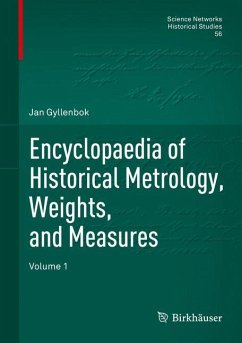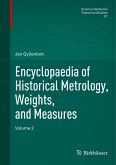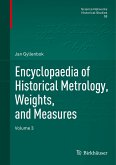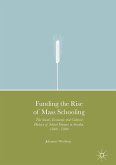This first of three volumes starts with a short introduction to historical metrology as a scientific discipline and goes on with an anthology of acient and modern measurement systems of all kind, scientific measures, units of time, weights, currencies etc. It concludes with an exhaustive list of references.
Units of measurement are of vital importance in every civilization through history. Since the early ages, man has through necessity devised various measures to assist him in everyday life. They have enabled and continue to enable us to trade in commonly and equitably understood amounts, and to investigate, understand, and control the chemical, physical, and biological processes of the natural world.
The essence of the work is an alphabetically ordered, comprehensive list of measurement nomenclature, units and scales. It provides an understanding of almost all quantitative expressions observed in all imaginable situations, including spelling variants and the abbreviations and symbols for units, and various acronyms used in metrology.
It will be of use not only to historians of science and technology, but also to economic and social historians and should be in every major academic and national library as standard reference work on the topic.
Units of measurement are of vital importance in every civilization through history. Since the early ages, man has through necessity devised various measures to assist him in everyday life. They have enabled and continue to enable us to trade in commonly and equitably understood amounts, and to investigate, understand, and control the chemical, physical, and biological processes of the natural world.
The essence of the work is an alphabetically ordered, comprehensive list of measurement nomenclature, units and scales. It provides an understanding of almost all quantitative expressions observed in all imaginable situations, including spelling variants and the abbreviations and symbols for units, and various acronyms used in metrology.
It will be of use not only to historians of science and technology, but also to economic and social historians and should be in every major academic and national library as standard reference work on the topic.








